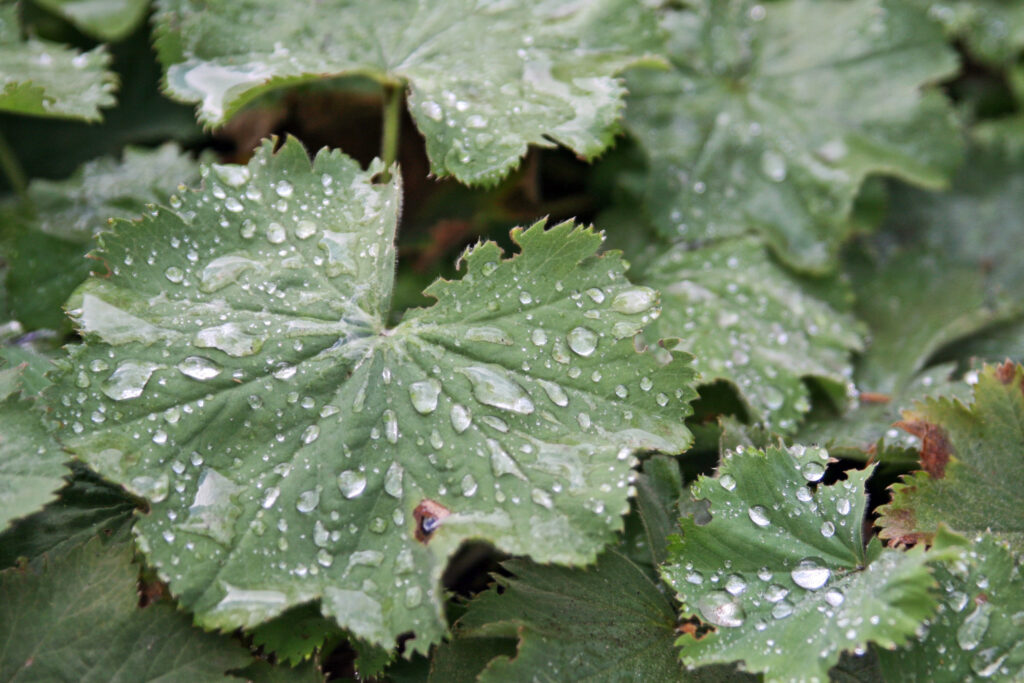
Hello, plant lovers! This is the first post of a new blog series called Troubleshooting Your Houseplant. Most of the questions we receive either through our website or customers calling in is how to best take care of our plants. Thankfully, many houseplants can be quite forgiving, but others not so much. Either way, we would like to give you the tools to ensure you get the most out of your plants! I thought we’d start the series off with the big one, WATERING.
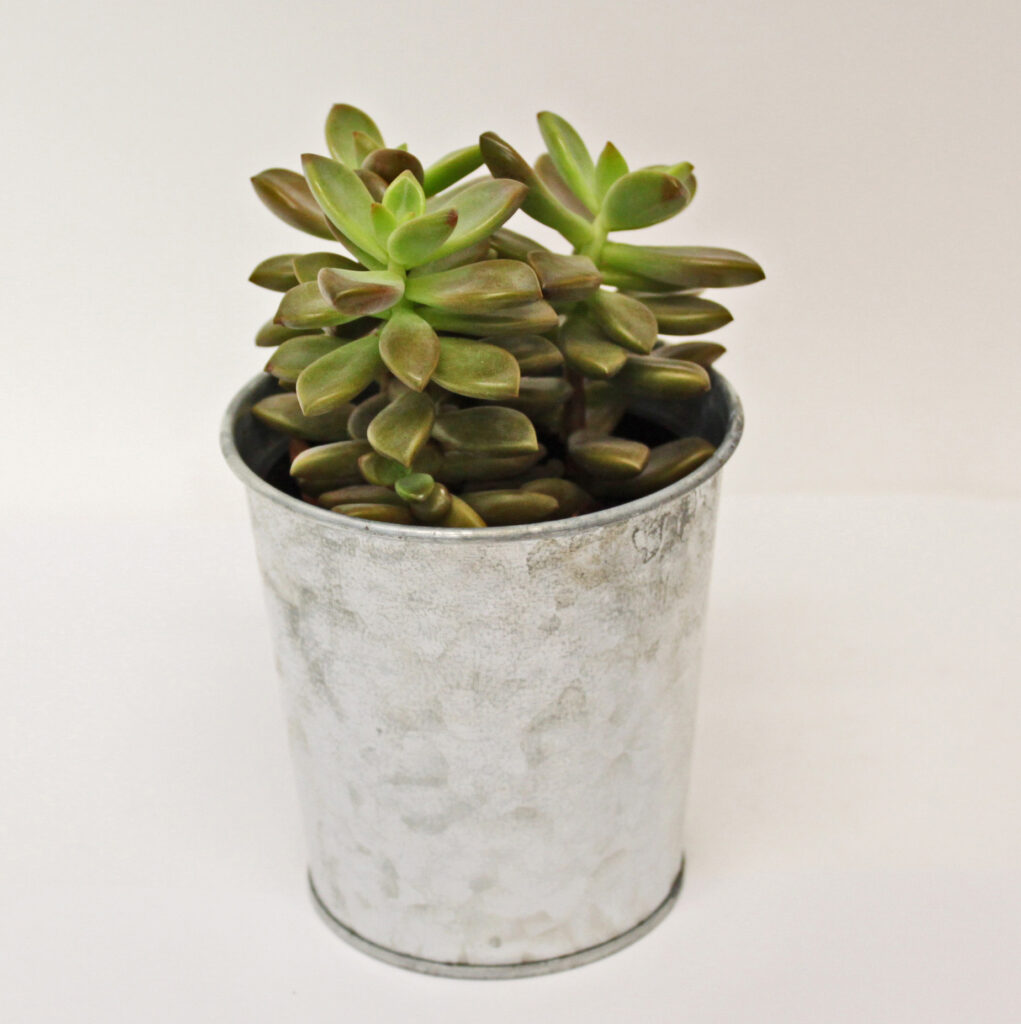
Too much? Too little? How often? A watering schedule is likely the most important factor when determining the fate of your new houseplant buddy. You think, oh, I’ll just Google it. But then you’re surprised to find there is often countless opinions on what is best for each plant. It’s definitely OK to be a little experimental to see what is best for YOUR plant, but here is some universal advice to guide our customers.
Yellowing leaves
Yellowing leaves is usually a sign of overwatering. If the leaves of your houseplant turn yellow, check the soil’s moisture. Is it still wet from the previous watering a week ago? Chances are you are watering too much or too often. Simply trim off the yellowing leaves and don’t water the plant until you can stick your finger an inch deep and feel no moisture. Then resume watering but reduce the amount and frequency. Keep in mind, dryer hotter months will require more water than cool winter months. In fact, many plants will go dormant over winter and require very little water at all.
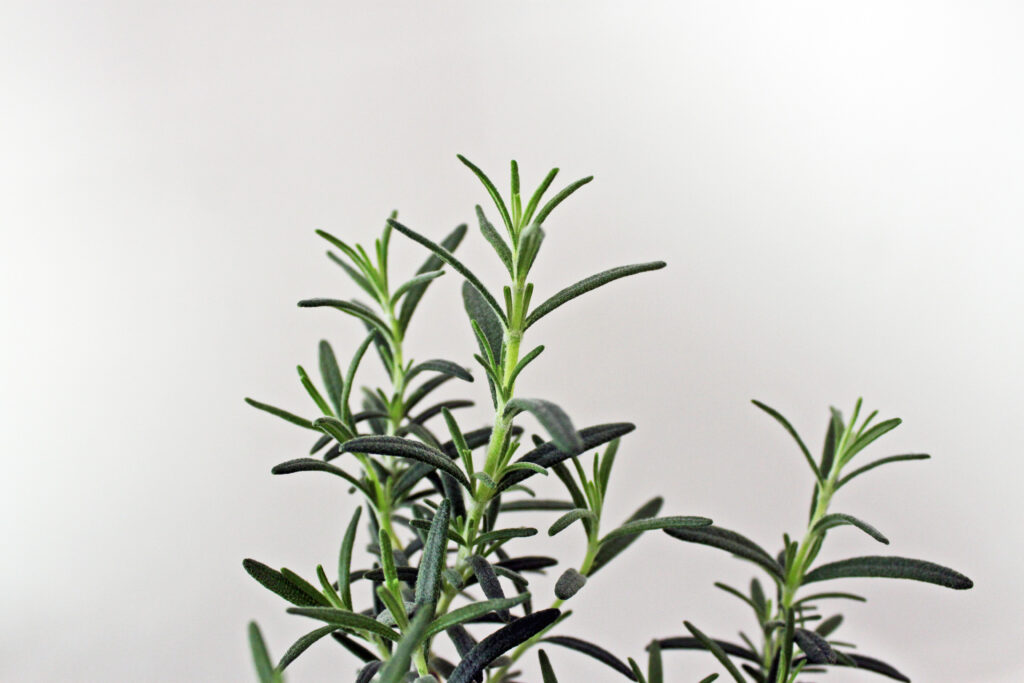
Drooping plant
Sometimes leaves, or the entire plant, take on a heavy, drooping look. This is usually due to underwatering. Because plants store water to keep themselves firm and upright, drooping is a certain indicator of a dehydrated plant. Don’t worry though, most of the time even a severely drooping plant will perk up shortly after a thorough watering.
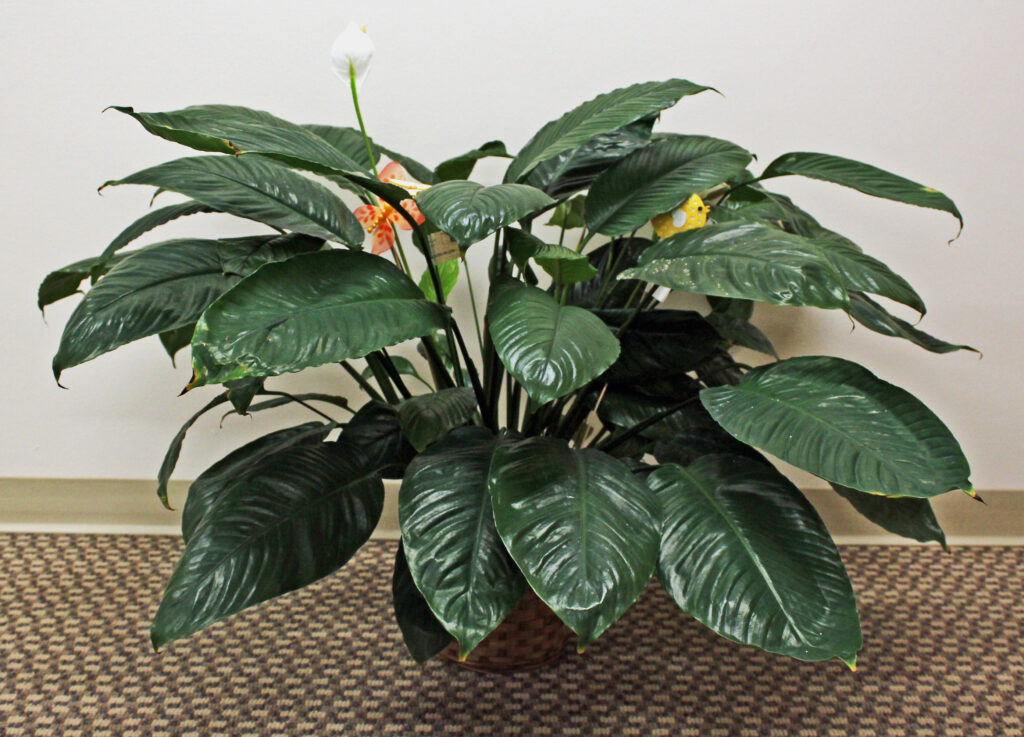
Too light!
A quick way to find out if your plant needs water is to pick it up. A surprisingly light plant means that poor guy is desperate for some H2O. For a plant at this stage, I usually skip the watering can altogether and stick it right under the sink for a thorough stream of water. Be sure to only do this with houseplants that are small enough to fit in the sink without being damaged and ones with pots that have adequate drainage for the water to pass through easily. Allow the plant to sit in the sink until it is done dripping out of the bottom, then place it back in its home.
Is from the tap OK?
For most houseplants, yes! Although, some experts recommend letting the tap water sit for about 24 hours to allow the chlorine and fluoride in the water to dissipate. Some plants are more finicky than others and won’t enjoy the high calcium levels in hard water or the high sodium levels in soft water. These chemicals can burn the plants roots or leave a white crust on the top of the soil. If your houseplant is having slow or small new growth, yellow leaves, or leaves with dry brown edges, the type of water may be the problem.
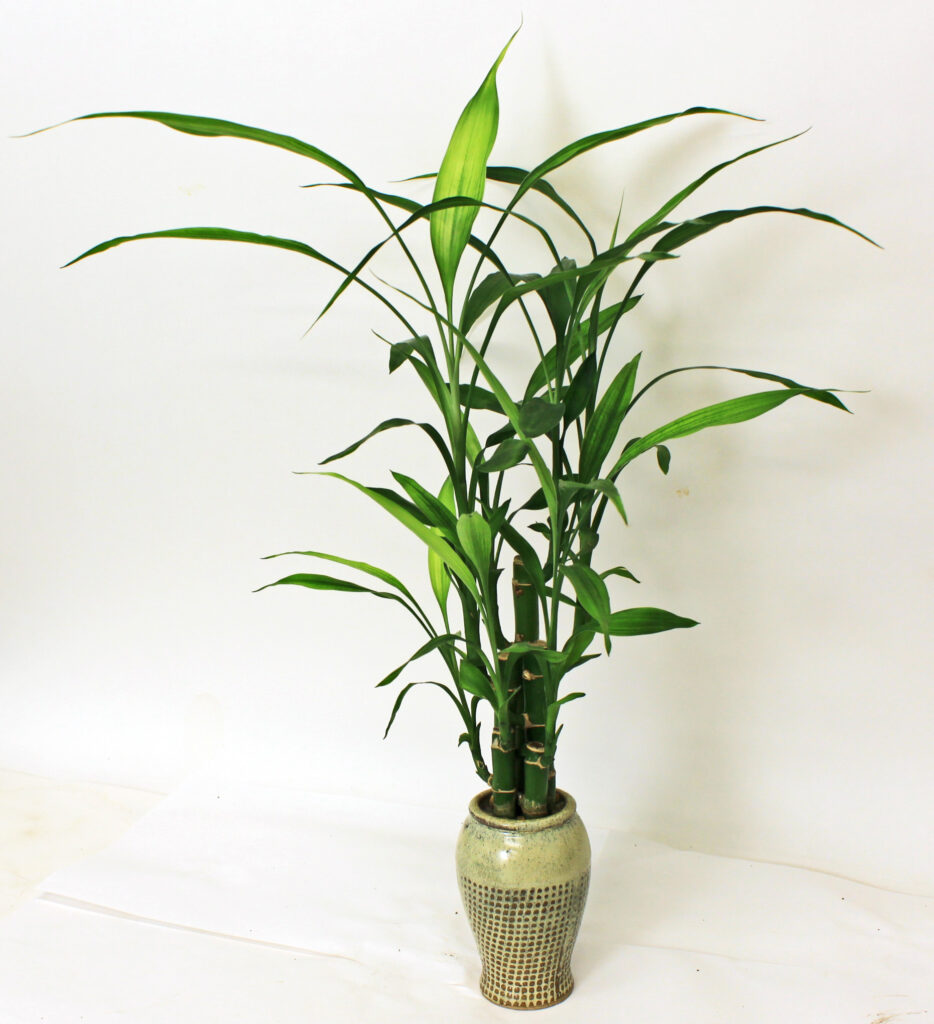
Oftentimes, if your houseplant has specific water needs, it will be on the label. For example, our Lucky Bamboo recommends filtered water because the container does not drain. In addition, it requests the water in the pot to be replaced every two weeks. A little dramatic, huh? Thankfully, our bamboo will tolerate other conditions fairly well either way. But if you really want to have the best results, we suggest using fresh, filtered water.
Now that you’re a watering can master, feel free to assess the plants in your home. If they are thriving with your current care, don’t change a thing! But if you see room for improvement after reading this post, try a little experimentation. We hope this post will give your plants a boost! Please stay tuned for our next topic in the series, how LOCATION affects houseplants!
